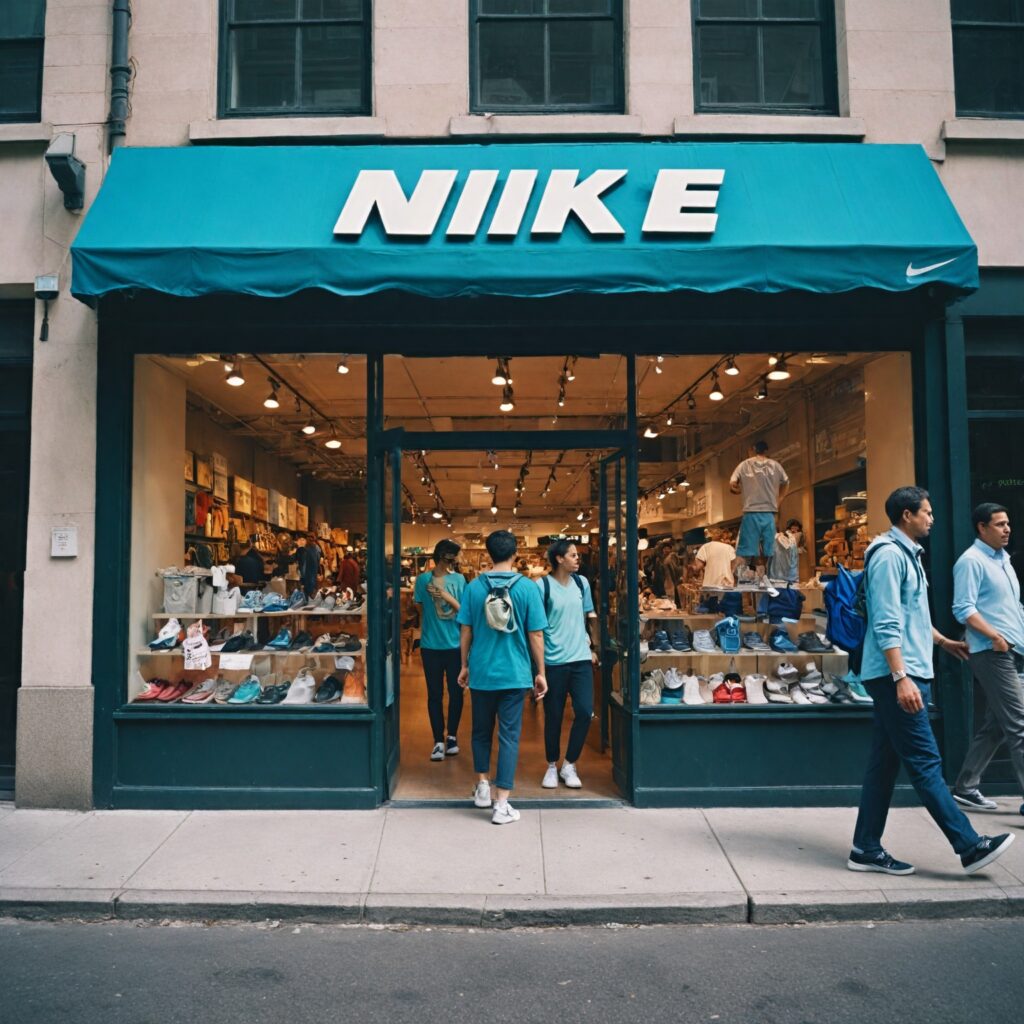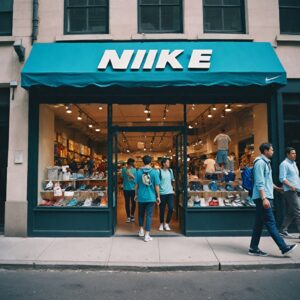
Highlights:
– Nike anticipates a moderation in sales and profit declines.
– The company plans to reduce its reliance on China in response to tariffs.
– The shift back to wholesale strategy impacts margins but aims for long-term health.
The Challenge of a Turnaround: Nike’s Strategy under Scrutiny
Nike, the global sneaker juggernaut, faces a pivotal moment as it navigates challenges following its fiscal fourth-quarter performance. With an anticipated easing of sales and profit declines, the company is striving to redefine its strategy amidst new obstacles, notably tariffs impacting its operations. Matt Friend, Nike’s finance chief, has signaled an approximate $1 billion cost increase for the current fiscal year due to tariffs, prompting the company to recalibrate its supply chain and pricing mechanisms.
Amidst these challenges, Nike aims to reduce its reliance on Chinese manufacturing, looking to shift away from approximately 16% of its supply chain in China to the high single-digit percentage range by the end of the fiscal year. This move comes as part of broader efforts to stabilize the business and mitigate the financial impacts on margins, with a specific focus on the first half of fiscal 2026. Despite the hurdles, Nike surpassed Wall Street expectations for earnings and revenue in the past quarter, signaling some progress in its turnaround efforts.
Redefining the Path Forward: From Wholesale to Sporting Focus
As Nike grapples with the repercussions of its strategic shifts, CEO Elliott Hill emphasizes a renewed focus on its core identity as a sports-focused brand. Hill’s tenure has witnessed a realignment towards sports segmentation, moving away from the diversified approach adopted by his predecessor. By redirecting efforts towards serving specific athletes through innovative product offerings, Nike seeks to revitalize its performance and reconnect with its core consumer base.
The revival of Nike’s wholesale partnerships, including collaborations with retailers like Aritzia and a return to Amazon, underscores the brand’s resilient approach to market challenges. Notably, Nike is reintroducing itself to Amazon after a brief hiatus, acknowledging the platform’s relevance in reaching a broader customer base. These strategic maneuvers, coupled with a spotlight on product launches in running, training, and sportswear categories, reflect Nike’s proactive stance in adapting to evolving market dynamics.
Looking Ahead: Navigating Uncertainties and Driving Growth
As Nike charts its course forward, the company faces a dual mandate of managing short-term setbacks while positioning for sustainable growth. Initiatives to refocus on sports-centric offerings, expand retail partnerships, and enhance female-targeted collections exemplify Nike’s multifaceted approach to revitalizing its market presence. The upcoming launch of the Skims partnership underscores the brand’s commitment to engaging a diverse consumer base and remaining competitive in the dynamic athletic apparel landscape.
Amidst intensifying competition and shifting consumer preferences, Nike’s trajectory will be shaped by its ability to balance innovation, market relevance, and operational efficiency. How will the company navigate the ongoing tariff challenges and geopolitical uncertainties impacting its global supply chain? What opportunities might emerge from Nike’s strategic realignment towards sports-focused offerings and enhanced retail collaborations? In a rapidly evolving market environment, how can Nike sustain its competitive edge and uphold its brand legacy while fostering growth and resilience?
Editorial content by Sierra Knightley


















